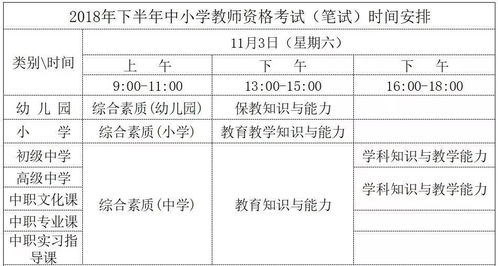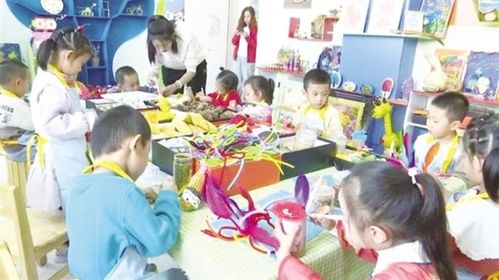Title: Early Childhood Education on Fruits in English with Xiaodu
Incorporating early childhood education on fruits in English with Xiaodu, or any other educational platform, can be an engaging and effective way to introduce children to a new language and important nutritional concepts. Below, we'll explore how to structure such a program, its benefits, and practical tips for implementation.

Introduction to Xiaodu Early Childhood Education Program:
Xiaodu, as an educational tool, can provide a dynamic platform for early childhood education, including learning about fruits in English. This program aims to leverage interactive methods, visuals, and repetition to enhance children's language acquisition and understanding of healthy eating habits.
Structured Curriculum:
1.
Introduction to Fruits:
Start with basic fruit vocabulary such as apple, banana, orange, etc. Use colorful visuals and simple descriptions to make learning engaging.2.
Naming and Recognition:
Utilize flashcards, interactive games, and videos within the Xiaodu platform to reinforce fruit names and recognition.3.
Attributes and Descriptions:
Teach descriptive words such as sweet, sour, juicy, etc., to describe different fruits. Encourage children to use these words in context.4.
Nutritional Awareness:
Introduce the concept of nutrition by discussing the vitamins and minerals found in various fruits. Highlight the importance of eating fruits for a balanced diet.5.
Interactive Activities:
Incorporate fun activities like fruitthemed puzzles, matching games, and roleplaying scenarios to reinforce learning and keep children engaged.6.
Songs and Rhymes:
Use catchy songs and rhymes about fruits to aid memory retention and make learning enjoyable.7.
Cultural Context:
Explore cultural aspects related to fruits, such as their significance in different cultures or traditional fruitbased dishes.Benefits of Xiaodu Early Childhood Education Program:
1.
Language Acquisition:
Exposure to English at an early age through interactive methods can facilitate language learning and pronunciation skills.2.
Cognitive Development:
Engaging with educational content on fruits promotes cognitive skills such as memory, attention, and problemsolving.3.
Healthy Habits:
Teaching about fruits fosters an understanding of the importance of nutrition and encourages healthy eating habits from a young age.4.
Multisensory Learning:
Utilizing visuals, auditory cues, and tactile activities within Xiaodu provides a multisensory learning experience, catering to different learning styles.5.
Parental Involvement:
Parents can actively participate in their child's learning journey by reinforcing lessons at home and engaging with Xiaodu activities together.Practical Implementation Tips:
1.
Consistent Practice:
Schedule regular sessions within the Xiaodu program to ensure consistent exposure to fruitrelated English learning.2.
Repetition and Reinforcement:
Repeat vocabulary and concepts frequently to reinforce learning and aid retention.3.
Interactive Engagement:
Encourage active participation through handson activities and encourage children to express themselves in English.4.
Feedback and Progress Tracking:
Monitor children's progress and provide positive reinforcement to boost confidence and motivation.5.
Integration with Daily Routine:
Integrate fruitrelated English learning into daily routines, such as snack time or grocery shopping, to make it relevant and practical.In conclusion, the Xiaodu Early Childhood Education Program offers a comprehensive and engaging approach to teaching children about fruits in English. By leveraging interactive technology and structured curriculum, children can develop language skills, cognitive abilities, and healthy habits in a fun and supportive environment. With consistent practice and parental involvement, this program can lay a solid foundation for lifelong learning and holistic development.
References:
American Academy of Pediatrics. (2019). Healthy children: Nutrition.
Kuhl, P. K. (2010). Brain mechanisms in early language acquisition. Neuron, 67(5), 713727.
National Association for the Education of Young Children. (2009). Developmentally appropriate practice in early childhood programs serving children from birth through age 8.











